PERSONAL INJURY - PROMPT INVESTIGATION
Hibu Websites • March 31, 2021
Personal Injury-Prompt Investigation Q & A
02 Apr, 2018
Q.
A client called recently to discuss an injury from an automobile accident. The accident took place ten days before the client called. The client had just got out of the hospital and had been contacted by an insurance company wanting photographs, statements, and medical records. The client was seeking general advice concerning what steps should be taken in the early stages of the claim.
A.
Prompt investigation is essential for both parties involved in a potential claim. Fully investigating the case at an early stage helps the injured party properly evaluate the strengths and weakness of their claim.
Prompt investigation on behalf of the injured party should include photographs of the scene and cars, photographs of the injury, witness statements, and the gathering of any other relevant evidence. Equally important is attempting to speak to the other driver to learn why the accident happened.
Insurance companies often advise its driver not to speak to the injured victim for fear that its driver will admit liability. An admission of liability by the responsible party can be a very important part of the development of a claim. Insurance companies advise their drivers not to give statements, therefore not giving statements is also good advice for the injured person. That is, don't talk to the insurance company until you fully understand the facts of your case, your injuries, and how the law would apply to your particular fact pattern.
Simply believing that a police report contains all necessary information is short sighted. While the police force will do an adequate job of basic investigation, a police department cannot devote the time and attention necessary to gather all of the details from which a claim can be evaluated.
It is best to take your time after an accident, collect your thoughts, and make sure that you understand all of the relevant details before giving statements to anybody. Most law firms will conduct an initial evaluation/investigation of a case without charge.



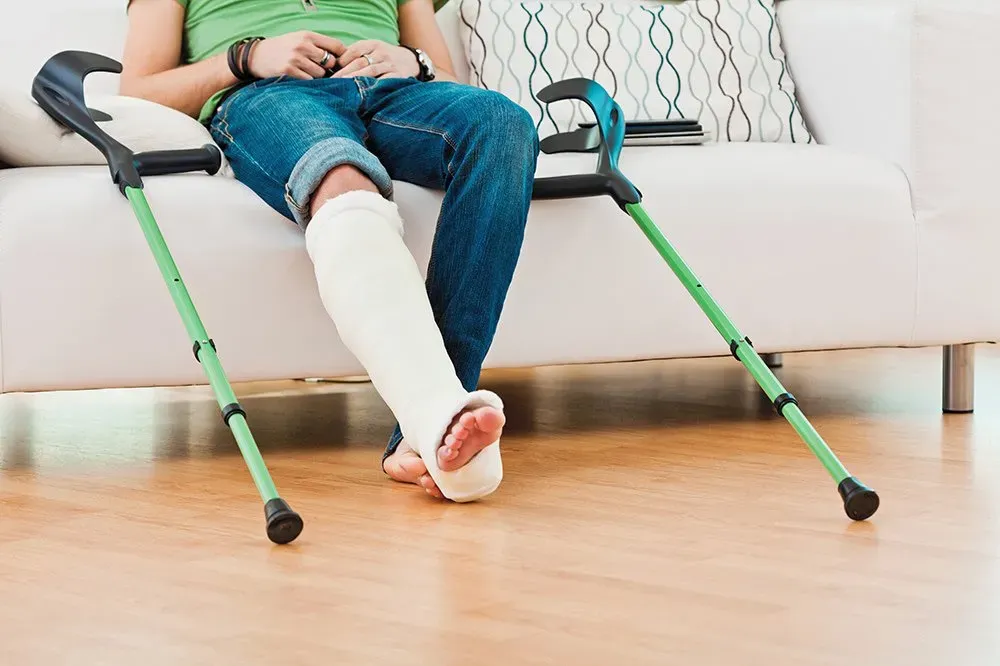
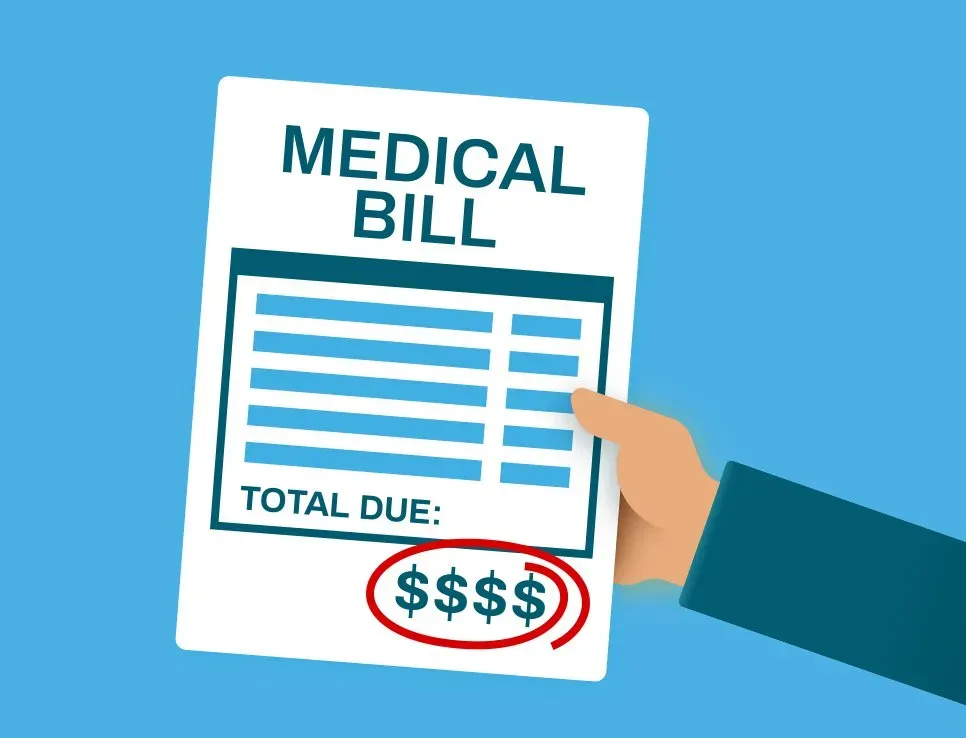
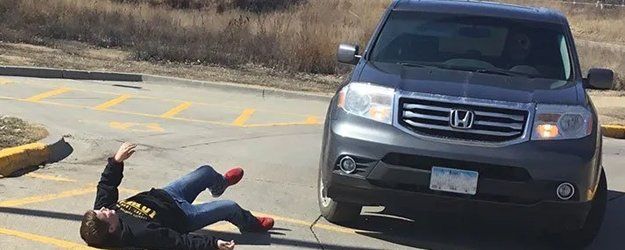
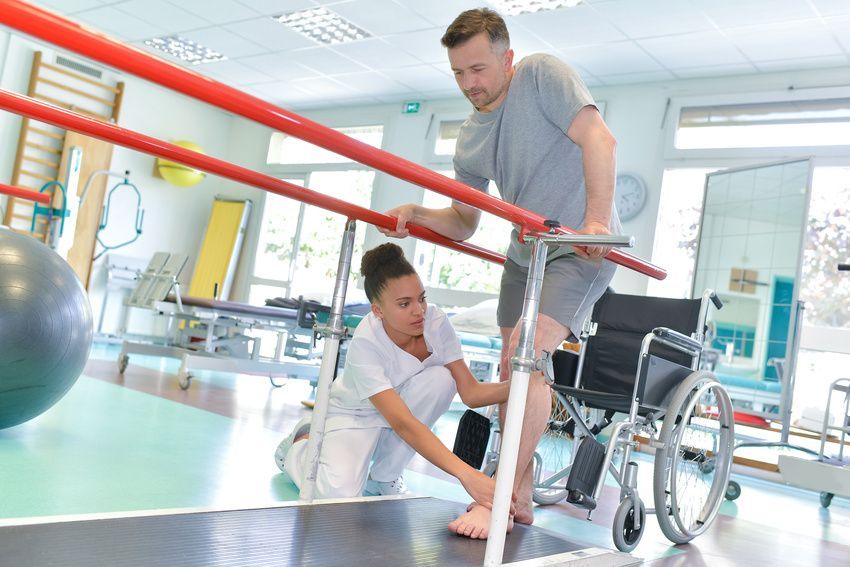
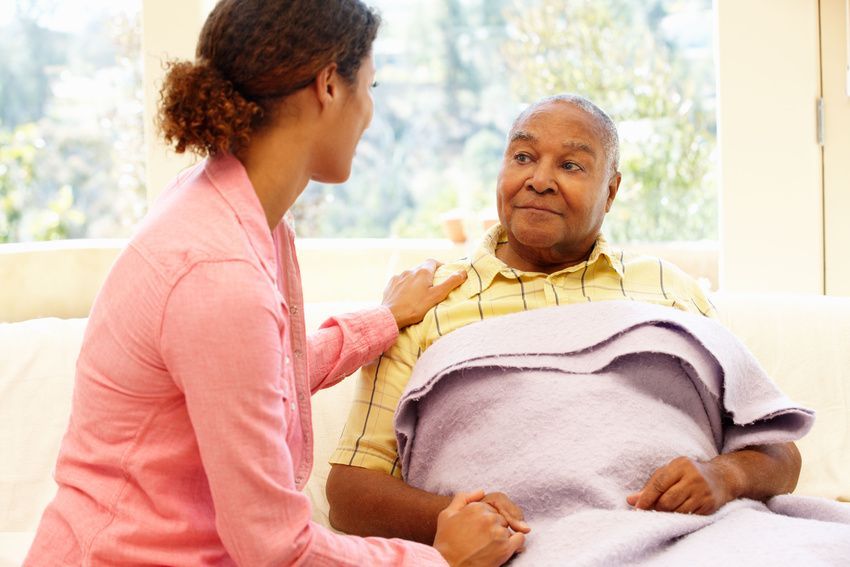

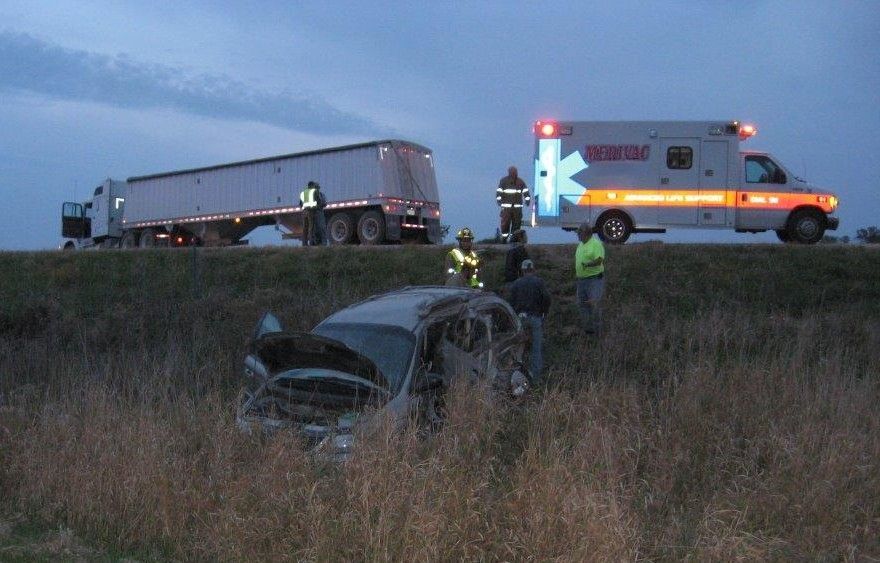
Share On: